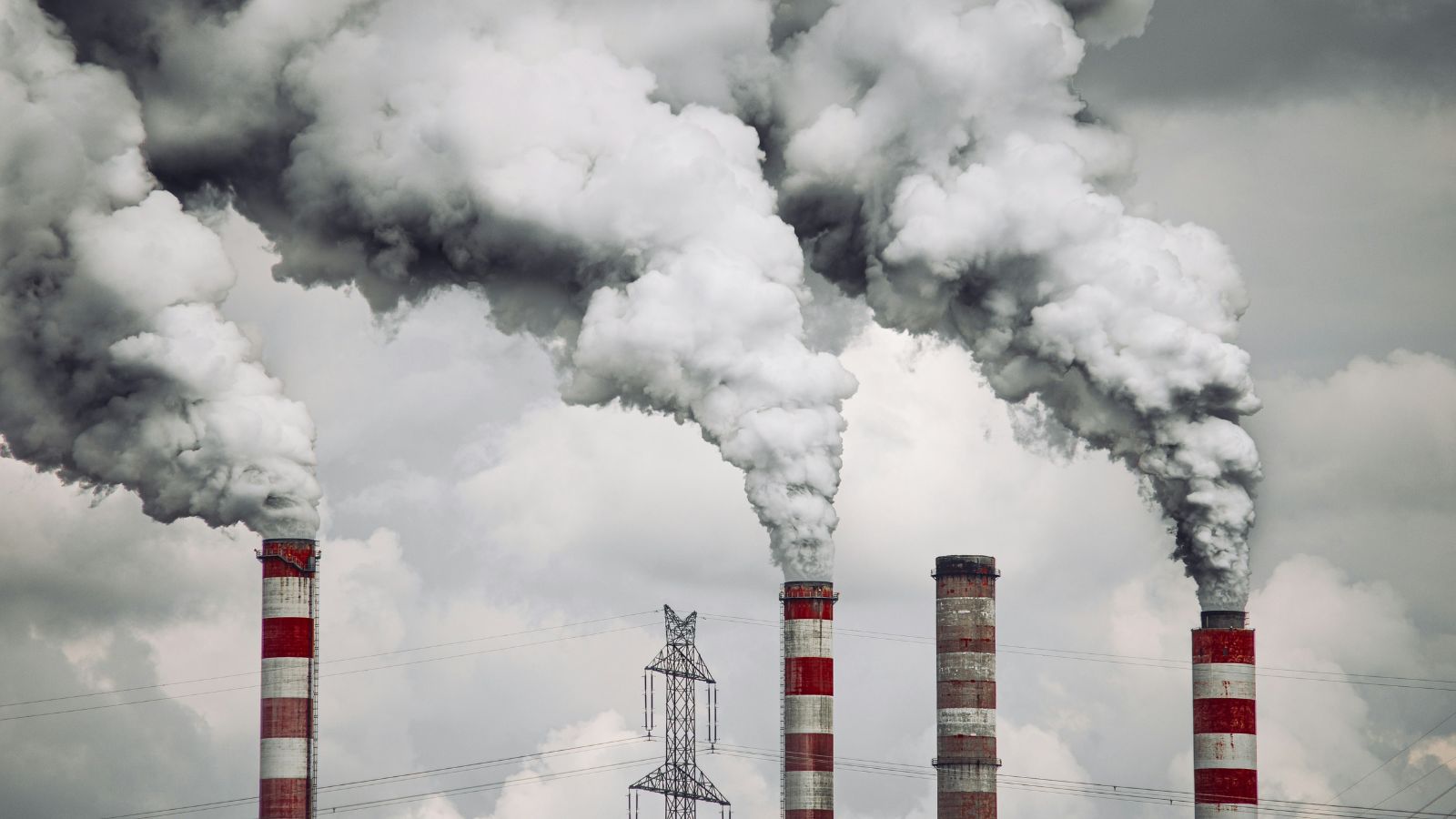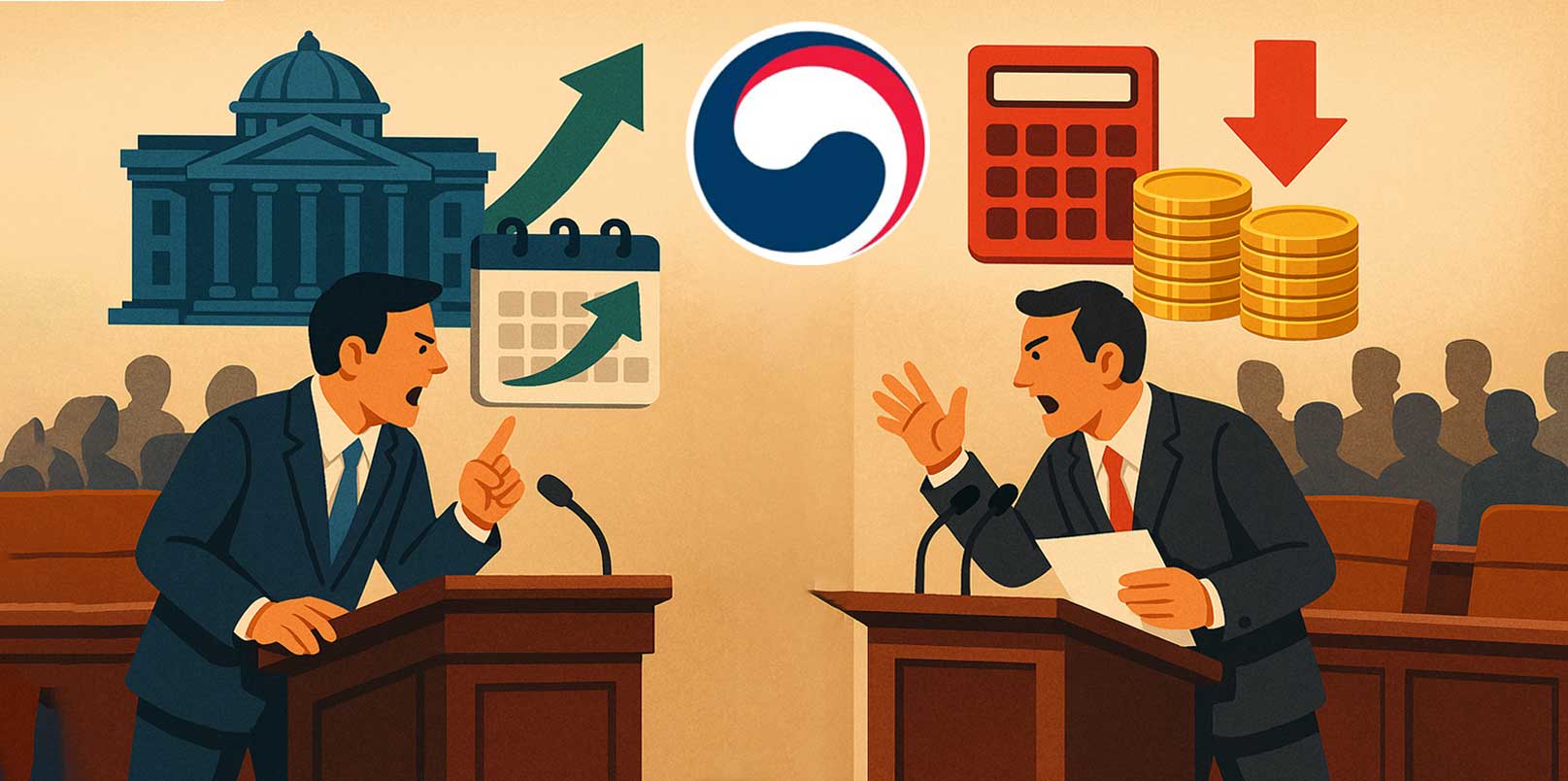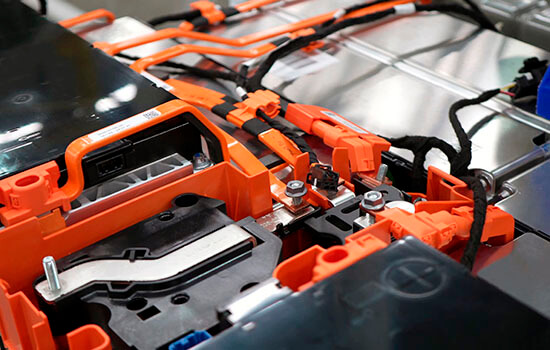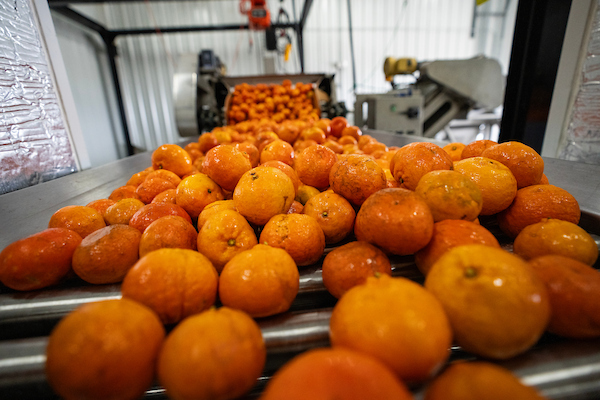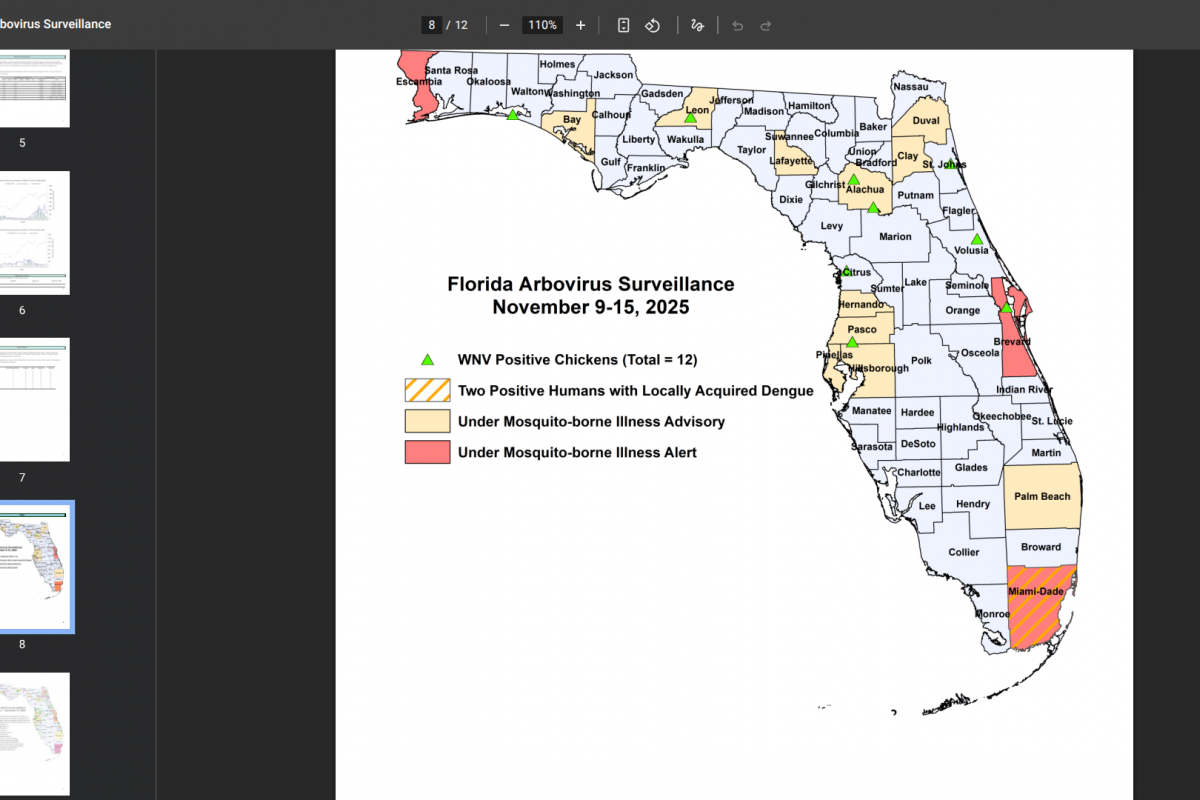What is Battery Energy Storage Systems, the latest in green energy coming to Texas? – ABC13 Houston
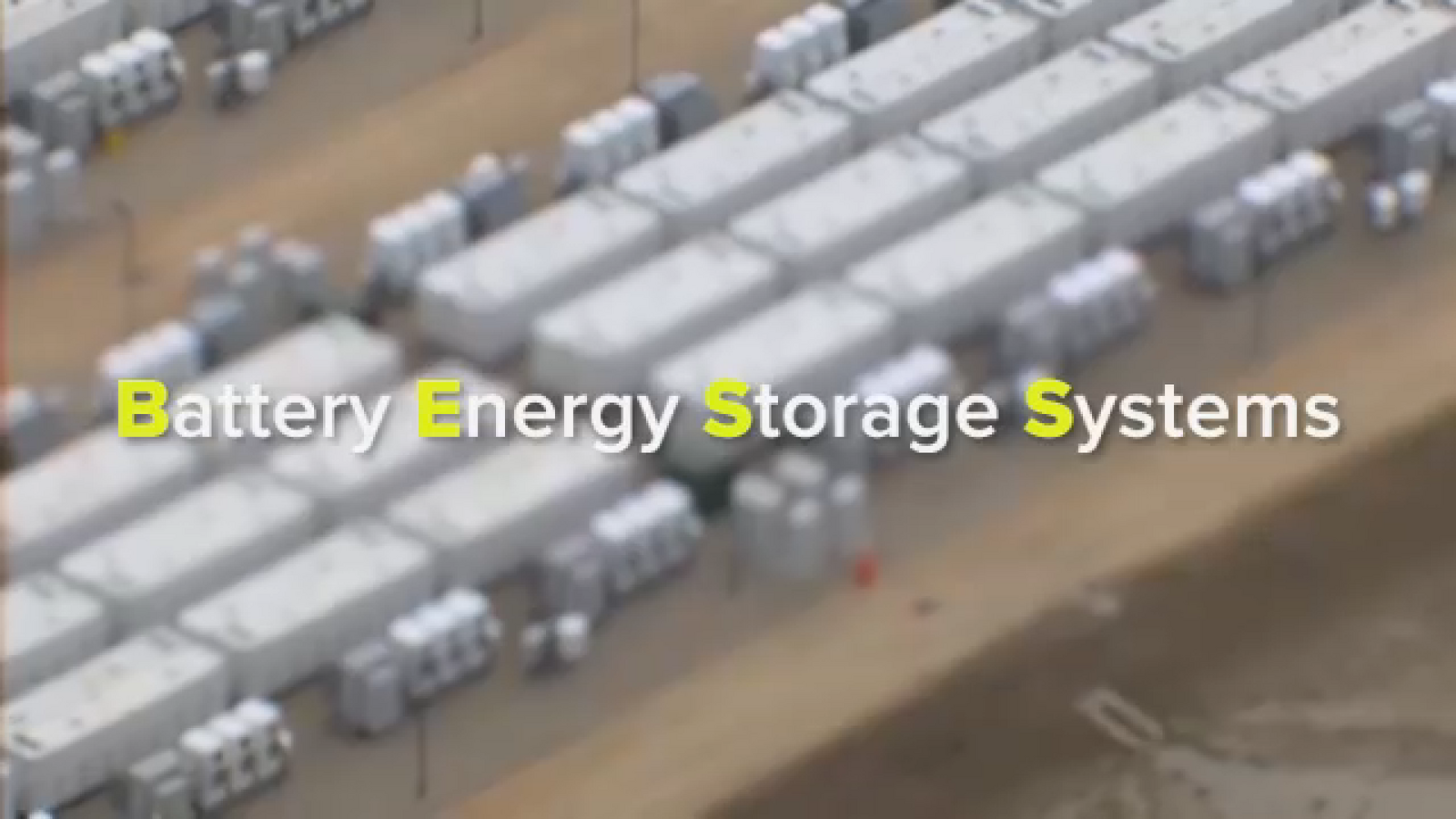
Report on Battery Energy Storage Systems (BESS) and Contribution to Sustainable Development Goals
Introduction to BESS Technology
Battery Energy Storage Systems (BESS) represent a significant technological advancement in the energy sector, crucial for achieving global sustainability targets. These systems, which range from residential units to large-scale industrial and grid-level facilities, are designed to store electrical energy for later use. A new BESS facility recently completed in Galveston County, Texas, exemplifies the growing deployment of this technology to support power grid stability and resilience.
Alignment with SDG 7: Affordable and Clean Energy
BESS technology is a cornerstone for advancing Sustainable Development Goal 7, which aims to ensure access to affordable, reliable, sustainable, and modern energy for all. By enabling the storage of clean energy, BESS directly contributes to a more sustainable energy matrix.
- Enhanced Reliability: Unlike traditional standby generators that experience a delay, BESS provides a seamless transition to backup power during an outage, ensuring an uninterrupted energy supply. This enhances the reliability of energy services (Target 7.1).
- Increased Share of Renewables: BESS addresses the intermittency of renewable sources like solar and wind by storing excess energy generated during peak production times. This stored energy can be dispatched when needed, thereby increasing the share of renewable energy in the global energy mix (Target 7.2).
- Energy Resilience: The system’s ability to provide short-term power (typically a few hours) is critical for immediate energy security, forming part of a broader strategy that includes other sources like solar panels or generators for long-duration outages.
Contribution to SDG 9 and SDG 11: Resilient Infrastructure and Sustainable Communities
The deployment of BESS is integral to building resilient infrastructure and fostering sustainable cities and communities, aligning with SDG 9 and SDG 11, respectively.
- Building Resilient Infrastructure: BESS enhances the resilience of the statewide power grid. During a record heat wave in August 2023, BESS facilities in Texas supported the grid during peak demand, helping to reduce energy costs by nearly 50 percent. This demonstrates a direct contribution to building reliable and resilient infrastructure (Target 9.1).
- Fostering Sustainable Cities: By stabilizing the power grid and preventing outages, BESS ensures that essential urban services remain operational, making cities safer and more resilient to climate-related disruptions (Target 11.5).
- Promoting Sustainable Industrialization: The technology itself is an innovation that supports clean and environmentally sound industrial processes, contributing to the upgrade of infrastructure for sustainability (Target 9.4).
Future Outlook and Support for SDG 13: Climate Action
The expansion of BESS capacity is a critical strategy for climate action (SDG 13) by facilitating the decarbonization of the power sector.
- Mitigating Climate Change: By enabling greater integration of renewable energy, BESS reduces dependence on fossil fuel-based power plants, thereby lowering greenhouse gas emissions and supporting climate change mitigation efforts (Target 13.2).
- Strategic Expansion: Texas plans to expand its battery storage capacity fivefold over the next three years. This strategic investment underscores a commitment to enhancing grid resilience and advancing a sustainable energy future.
- Technological Lifespan: Most BESS units have a lifespan of 20 to 25 years, representing a long-term investment in sustainable infrastructure before requiring updates or replacement.
Analysis of Sustainable Development Goals in the Article
1. Which SDGs are addressed or connected to the issues highlighted in the article?
SDG 7: Affordable and Clean Energy
- The article focuses on Battery Energy Storage Systems (BESS) as a “clean, green energy” solution. This directly aligns with the goal of promoting access to affordable, reliable, sustainable, and modern energy for all. BESS technology supports the integration of renewable energy sources, which is a key aspect of SDG 7.
SDG 9: Industry, Innovation and Infrastructure
- The article highlights how BESS contributes to building resilient infrastructure. It explicitly states that this technology plays an “important role in power resiliency” and helps make the Texas grid “more resilient for when we need power the most.” This connects to the goal of developing reliable and sustainable infrastructure.
SDG 11: Sustainable Cities and Communities
- The development of BESS sites, such as the new one in Galveston County, enhances the resilience of communities against power outages. By supporting the grid during peak demand and extreme weather events like the “record heat wave,” BESS helps make cities and human settlements safer and more sustainable.
SDG 13: Climate Action
- The article discusses the role of BESS in supporting the power grid during climate-related events, such as the “record heat wave that lasted nearly the entire month” in August 2023. By strengthening the grid’s resilience, BESS enhances the adaptive capacity to climate-related hazards, which is a core component of SDG 13.
2. What specific targets under those SDGs can be identified based on the article’s content?
SDG 7: Affordable and Clean Energy
- Target 7.1: Ensure universal access to affordable, reliable and modern energy services. The article explains that BESS provides a “seamless transition” during power outages, unlike generators, thus improving the reliability of the power supply.
- Target 7.2: Increase substantially the share of renewable energy in the global energy mix. BESS is crucial for storing energy from intermittent renewable sources like solar and wind, which the article mentions. By storing this “clean, green energy,” BESS facilitates a greater share of renewables in the grid.
- Target 7.a: Promote investment in energy infrastructure and clean energy technology. The article describes BESS as one of the “latest advances in renewable energy” and an “energy innovation,” highlighting the completion of new sites and plans for massive expansion, which signifies investment in this clean technology.
SDG 9: Industry, Innovation and Infrastructure
- Target 9.1: Develop quality, reliable, sustainable and resilient infrastructure. The article’s central theme is the role of BESS in adding “resiliency to the statewide grid.” The plan to “expand battery storage capacity in Texas five times over in the next three years” is a direct effort to build more resilient energy infrastructure.
SDG 11: Sustainable Cities and Communities
- Target 11.5: Significantly reduce the direct economic losses caused by disasters. The article provides a specific example of this, noting that during the 2023 heat wave, “extra power stored in statewide battery systems… helped reduce energy costs by nearly 50 percent,” mitigating the economic impact of a climate-related event.
- Target 11.b: Increase the number of cities implementing plans for resilience to disasters. The completion of the BESS site in Galveston County and the statewide expansion plans are concrete examples of implementing policies and plans for climate adaptation and disaster resilience.
SDG 13: Climate Action
- Target 13.1: Strengthen resilience and adaptive capacity to climate-related hazards and natural disasters. The article demonstrates how BESS strengthens the grid’s resilience against climate hazards like a “record heat wave,” thereby increasing the adaptive capacity of the energy system.
3. Are there any indicators mentioned or implied in the article that can be used to measure progress towards the identified targets?
SDG 7: Affordable and Clean Energy
- Indicator: The article mentions plans to “expand battery storage capacity in Texas five times over in the next three years.” The growth in installed battery storage capacity (in megawatts or gigawatts) can be used as an indicator to measure the increased capacity for integrating renewable energy (Target 7.2).
SDG 9: Industry, Innovation and Infrastructure
- Indicator: The number of BESS sites completed and the total storage capacity added to the grid serve as direct indicators of progress in developing more resilient infrastructure (Target 9.1). The article mentions the completion of a new site in Galveston County as one such data point.
SDG 11: Sustainable Cities and Communities
- Indicator: The article provides a quantifiable economic indicator by stating that BESS “helped reduce energy costs by nearly 50 percent” during a peak demand event. This percentage reduction in energy costs during climate-related disasters can measure progress towards reducing economic losses (Target 11.5).
SDG 13: Climate Action
- Indicator: The implementation and expansion of BESS technology itself is an indicator of strengthened adaptive capacity. The planned “five times” expansion of battery storage is a measurable goal for enhancing resilience to climate-related hazards (Target 13.1).
4. Summary Table of SDGs, Targets, and Indicators
| SDGs | Targets | Indicators |
|---|---|---|
| SDG 7: Affordable and Clean Energy |
|
|
| SDG 9: Industry, Innovation and Infrastructure |
|
|
| SDG 11: Sustainable Cities and Communities |
|
|
| SDG 13: Climate Action |
|
|
Source: abc13.com
What is Your Reaction?
 Like
0
Like
0
 Dislike
0
Dislike
0
 Love
0
Love
0
 Funny
0
Funny
0
 Angry
0
Angry
0
 Sad
0
Sad
0
 Wow
0
Wow
0



